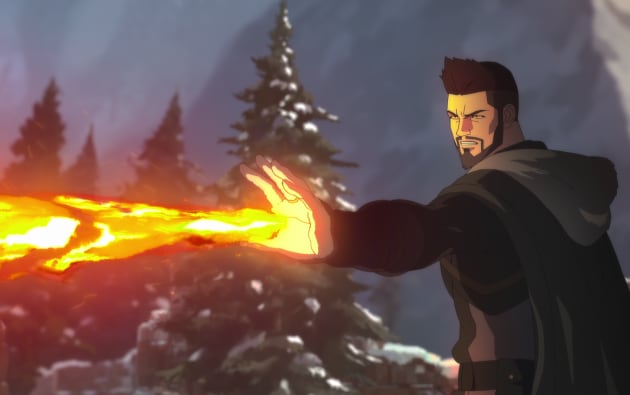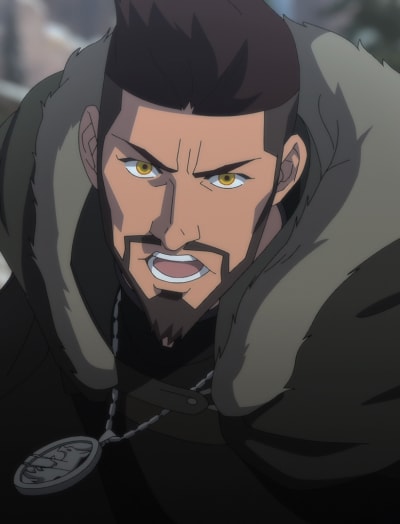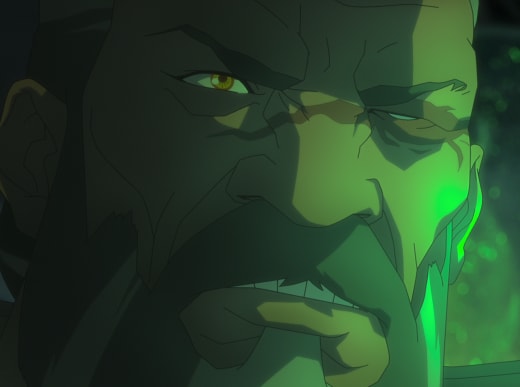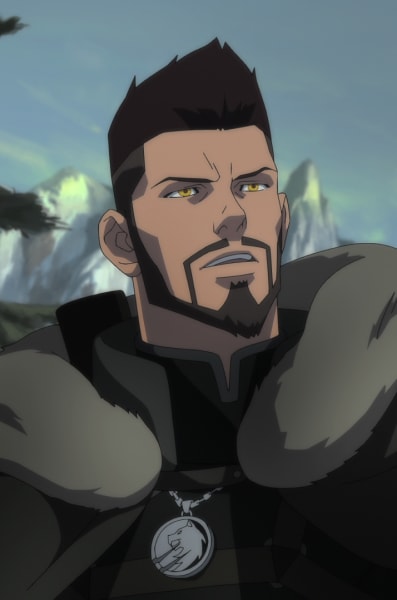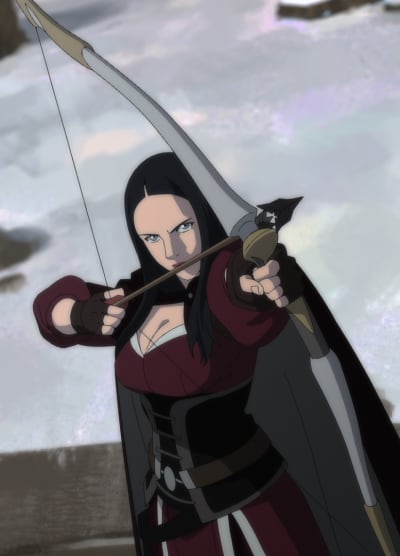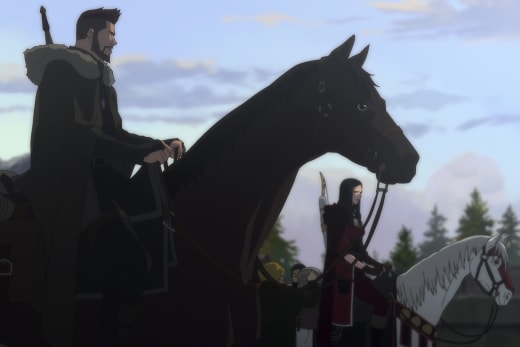The Witcher has been a long-running franchise in the fantasy fandom. It was first a series of novels and short stories which spawned a series of popular graphic novels. In 2001, the idea was adapted into a film and TV series as The Hexer, and a series of board games were launched.
However, what really propelled its popularity has been the trilogy of video games developed by CD Projekt Red in 2007. With that in the collective consciousness, it was only a matter of time before a series like Netflix’s The Witcher, featuring Henry Cavill, became a reality.
With a second season premiering in Dec 2021, Netflix is dropping a tantalizing animated feature that provides considerable backstory, and world-building for the world Cavill’s Geralt introduced us to.
As a quick refresher, Geralt of Rivia, Cavill’s character and the titular star of the live-action series, is one of the last witchers, monster hunters with supernaturally enhanced abilities.
As seen on The Witcher Season 1 Episode 8, Geralt was given up by his mother to be trained as a witcher. His mentor was a witcher named Vesemir, played in the live-action series by Theo James.
James reprises this role on The Witcher: Nightmare of the Wolf, which focuses entirely on Vesemir at a time when witchers are more populous and the training at their headquarters, Kaer Morhen, is a bustling and intense program.
In turn, we are introduced to Vesemir’s mentor and recruiter, Deglan, voiced by Graham McTavish. McTavish is no stranger to popular animated Netflix projects, voicing none other than Dracula himself on Castlevania.
McTavish will also be joining the second season of the live-action series as the spymaster Dijkstra.
Although we never see Vesemir’s training of Geralt during Nightmare of the Wolf, it is clear that Vesemir was a diligent student of Deglan’s teachings, using the same speeches when forced to take on the responsibility of initiates.
It can be assumed that Geralt’s relationship with Vesemir will echo Vesemir’s with Deglan.
However, by the time Geralt is being trained, Vesemir will not have the same priorities as Deglan has with recruitment and retention.
That, too, will affect Geralt’s focus and speaks to the character that Cavill has developed.
As in the live-action series, some forces oppose the witchers and what they represent. As action-packed as the Nightmare of the Wolf is, it’s the relationships that drive the intensity up a notch.
Because mages must make witchers, they are, by definition, unnatural beings. The process that creates them negates their ability to have children. Their slow aging means relationships will be fleeting from the perspective of their life expectancy.
Witchers only have each other as companions or to act like family, which breeds suspicion about them in the minds of those who resent depending on them to protect them from the monsters.
That resentment is also fostered on the payment witchers’ demand for their services. Money and fear keep the witchers in business but also put a target on their backs.
Vesemir’s greatest skeptic and a major opponent to the very existence of witchers is a mage named Tetra. She is a powerful magic-wielder who sees witchers as a corruption of the world’s order.
Lara Pulver does a phenomenal job voicing Tetra, allowing the character’s base distrust and loathing of witchers to drive every word she speaks to Vesemir or his ally, the Lady Zerbst.
Tetra is the leading voice in promoting suspicion of the witchers. She is also not above flinging a bit of “corrupted” magic about when needs must either.
However, her ace card is her ability to navigate the politics of court where she can sway the king’s favor away from supporting the witchers and open hunting season on them instead.
On the witchers’ side is the unlikely ally, Lady Zerbst, voiced in calm and dulcet tones by Mary McDonnell.
Her origins and support of Kaer Morhen are a bit of a mystery, but without her to balance out Tetra’s fervent accusations, certainly, both royal and peasant inclinations would swiftly turn against the monster hunters.
Vesemir’s journey on Nightmare of the Wolf is shown in two stages.
In flashbacks, we see his origins as a serving boy, intent on a better life full of adventure. That contrasts with his adult pursuits, which are anything but mundane.
As an adult, he is skilled and respected (to an extent) but not necessarily mature.
When called upon to do more than just earn his coin, he is reluctant to commit to anything more serious than his next bath.
However, when a fellow witcher’s life is on the line, he steps up and even pairs up with Tetra to pursue a new, more dangerous monster.
With Lady Zerbst’s encouragement and Tetra’s taunting, Vesemir is given the opportunity to become more than he ever dreamed of being.
The animation of The Witcher: Nightmare of the Wolf is reminiscent of Netflix’s Castlevania, albeit with more frames per second, allowing for a smoother, less abstract transition of action.
The voice cast is impressive, conveying layers of meaning and foreshadowing throughout a script rife with conspiracy, vendettas, and secret machinations.
Without the springboard of the live-action series, a viewer might be a bit lost, but, as an expository bonus piece, Nightmare of the Wolf does an elegant job of shading in the details of a world fans of the series are eager to return to.
The Witcher: Nightmare of the Wolf drops on Netflix on Monday, August 23. Let us know in the comments what you think of it!
Diana Keng is a staff writer for TV Fanatic. Follow her on Twitter.
